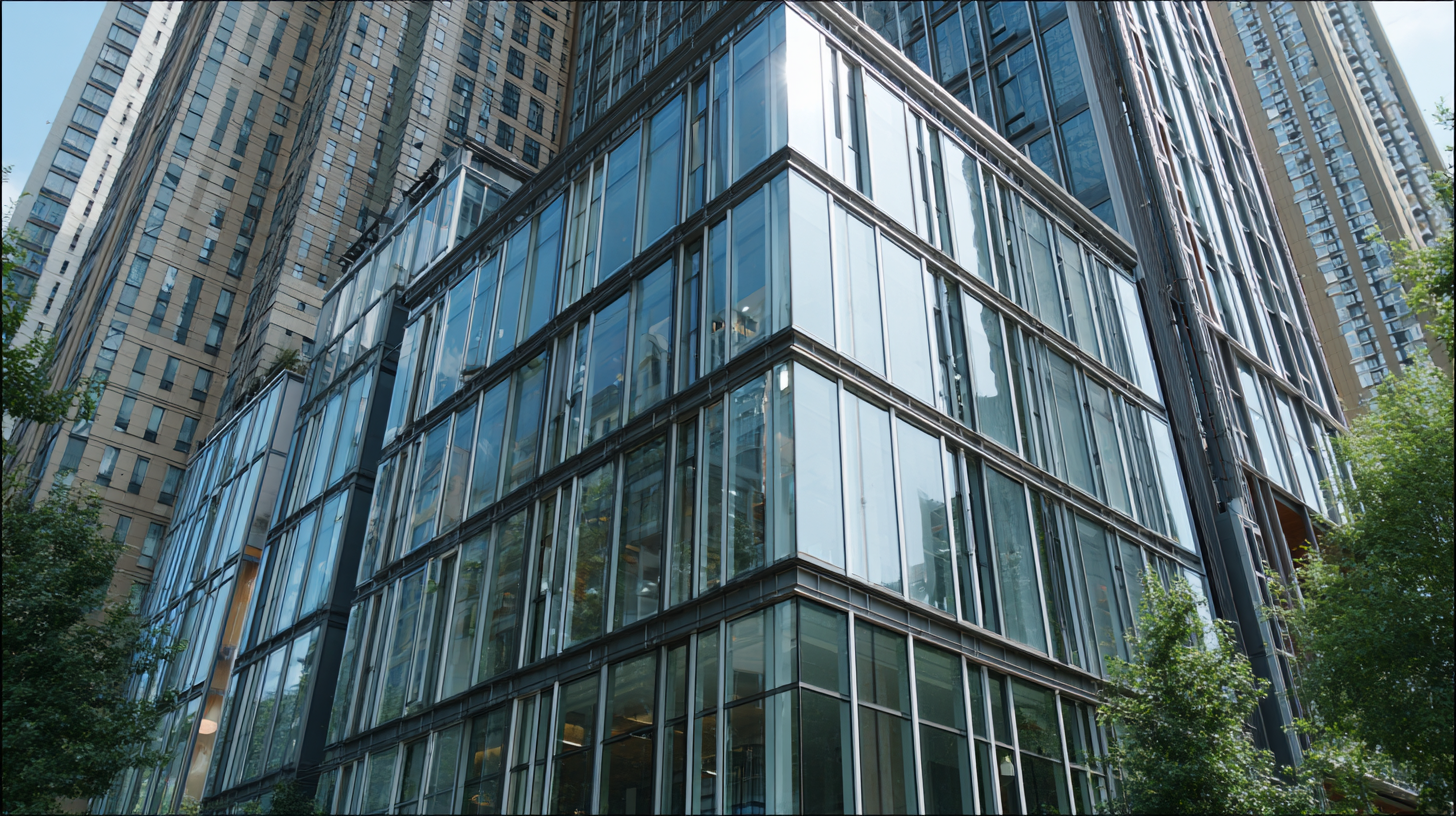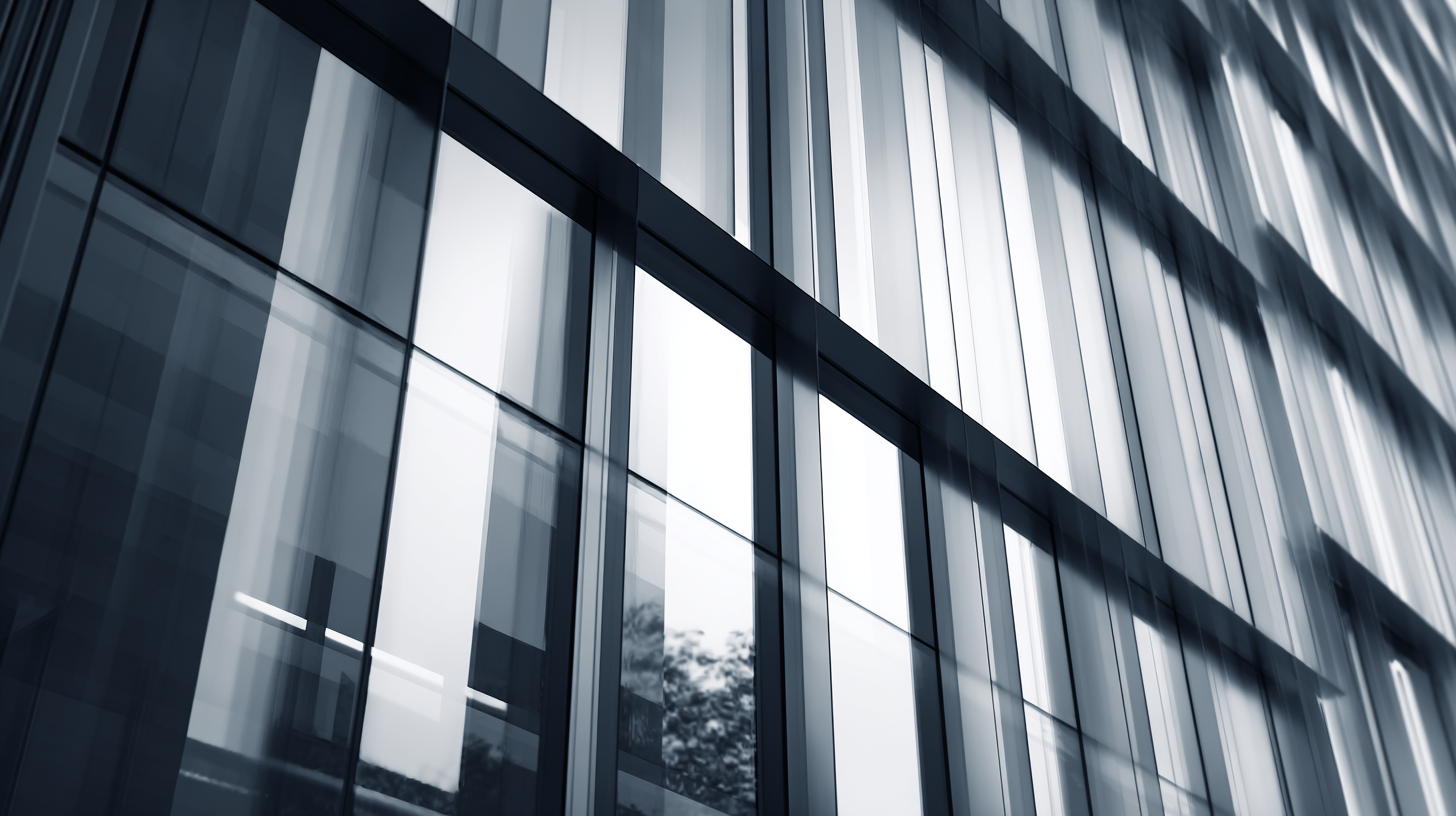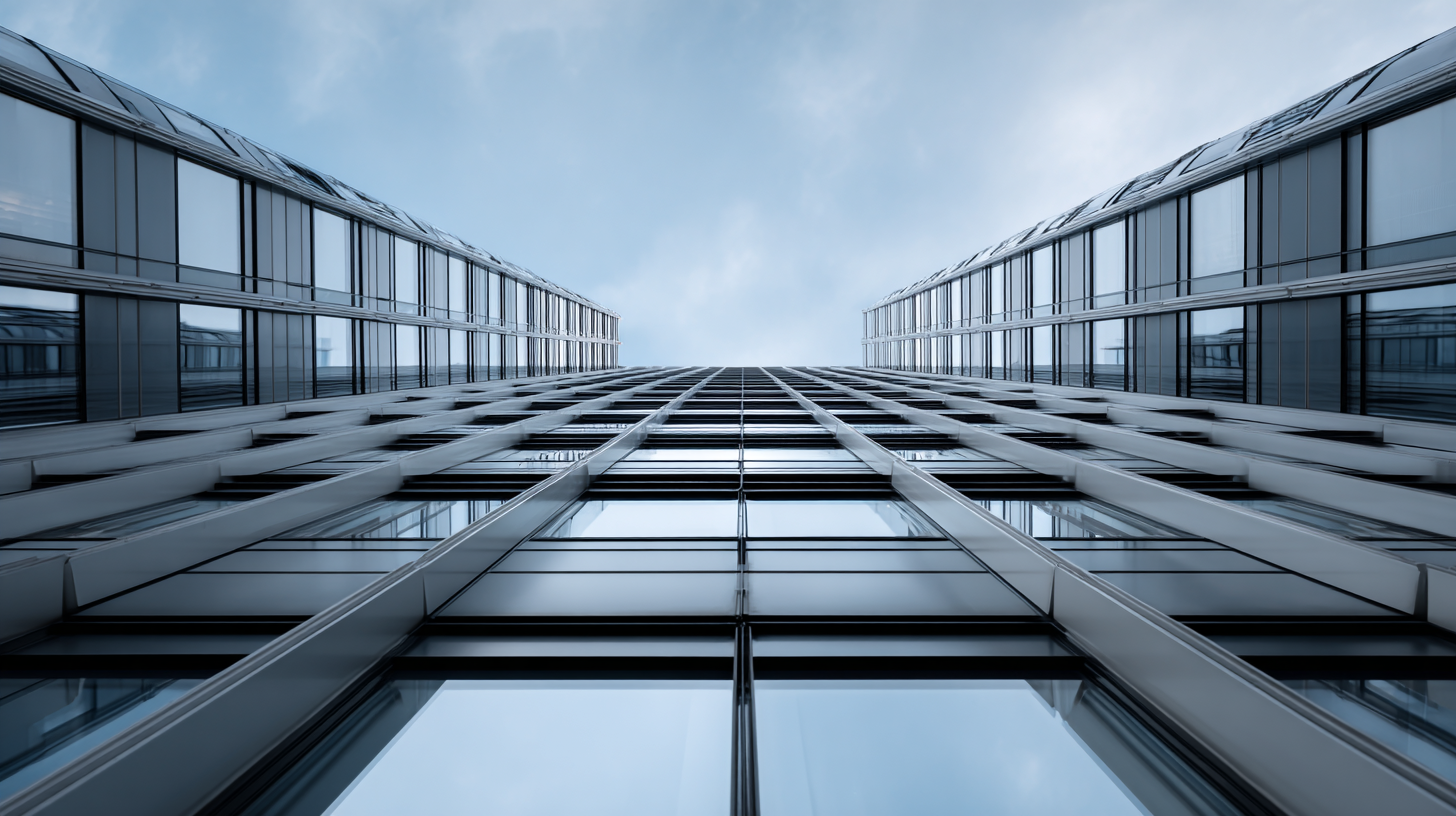As we look toward the architectural landscape of 2025, one can't underestimate the pivotal role of innovative materials in shaping sustainable and aesthetically pleasing buildings. A recent report by Grand View Research predicts that the global construction market will reach $14.4 trillion by 2025, underscoring the urgency for materials that not only meet design demands but also enhance energy efficiency.

Among these, Metal Clad Windows are emerging as a critical component, marrying the strength of metal with the beauty of wood. According to the U.S. Department of Energy, windows account for up to 30% of residential heating and cooling energy use, making the choice of window systems a key consideration in future architecture.
By integrating Metal Clad Windows into design strategies, architects can reduce energy loss, improve durability, and elevate the overall aesthetic, signaling a transformative shift in how we think about building materials in the coming years.
The architecture landscape is witnessing a significant shift with the rise of metal clad windows. As sustainability and energy efficiency take center stage, industry reports indicate that metal clad windows are becoming increasingly favored in modern design. According to a 2023 study by the American Wood Council, the demand for these windows has surged by 25% over the last three years, reflecting a broader trend towards materials that combine durability with aesthetic appeal.
Metal clad windows not only offer a robust exterior for enhanced protection against the elements, but they also provide the flexibility of various interior finishes while requiring less maintenance. A report by the International Window Association highlights that buildings utilizing metal clad windows consume up to 30% less energy compared to traditional options, making them an attractive choice for architects aiming for LEED certification. As we progress into 2025, the integration of such innovative materials in architecture promises to redefine not only the visual landscape but also the environmental impact of our buildings.
| Trend | Description | Benefits | Estimated Growth (2025) |
|---|---|---|---|
| Sustainability | Integration of eco-friendly materials in window manufacturing. | Lower carbon footprint, energy efficiency. | 20% increase in demand. |
| Aesthetic Customization | Enhanced design options for metal clad windows. | Improved property value and visual appeal. | 15% increase in market share. |
| Energy Efficiency | Advanced glazing technology for better insulation. | Reduced energy costs for consumers. | 25% improvement in energy ratings. |
| Durability | Longer-lasting materials and finishes in window products. | Lower maintenance costs and increased lifespan. | 30% growth in consumer preference. |
As the world leans towards sustainable architecture, the role of metal clad windows becomes increasingly pivotal. According to a report by the U.S. Department of Energy, buildings account for approximately 40% of total energy consumption in the United States, underlining the importance of energy-efficient designs. Metal clad windows not only enhance aesthetic appeal but also offer superior insulation, contributing significantly to energy savings. A study by the National Institute of Standards and Technology reveals that using energy-efficient window technologies can reduce heating and cooling expenses by up to 30%, making metal clad options a smart choice for architects and builders alike.
To maximize the benefits of metal clad windows, consider these key tips: First, ensure proper installation to avoid any energy loss through gaps. This step is crucial, as improperly installed windows can diminish energy efficiency by up to 11%. Second, choose high-performance glazing options to enhance thermal performance and reduce glare. Lastly, factor in local climate conditions when selecting materials, as this can affect the longevity and efficiency of the window system. By implementing these strategies, architects can optimize both sustainability and aesthetics in future builds.
This chart illustrates the projected market growth of metal clad windows from 2021 to 2025, highlighting their increasing importance in sustainable architecture and energy efficiency. The consistent rise demonstrates the growing demand and recognition of metal clad windows as a vital component in contemporary building designs.
In contemporary architecture, the aesthetic appeal of buildings plays a pivotal role in their overall success. Metal clad windows are becoming increasingly popular as they offer a perfect blend of functionality and design. According to a report by the American Institute of Architects, 78% of architects believe that high-quality window systems significantly enhance the aesthetic value of a structure. These windows not only contribute to a sleek, modern look but also provide versatility in design, allowing architects to create visually stunning facades tailored to their artistic vision.
Moreover, metal clad windows come with a variety of finishes and colors, enabling customization that aligns with the latest design trends. A study from the National Institute of Building Sciences highlights that integrating metal elements into building designs can result in a 30% increase in perceived property value. This increased appeal can attract more tenants and buyers, making metal clad windows an invaluable asset for future architectural projects. With their robustness and aesthetic versatility, metal clad windows are essential for enhancing building design, pushing the boundaries of creativity, and meeting the evolving demands of contemporary living spaces.

As we move towards 2025, the architecture industry faces the urgent need to future-proof buildings against climate change, energy inefficiencies, and evolving aesthetic preferences. One of the most effective ways to achieve this is through the integration of metal clad windows. These architectural solutions not only enhance the dynamics and lifespan of buildings but also offer unmatched thermal performance, which is crucial for energy conservation. By utilizing a combination of materials, metal clad windows provide the perfect balance between strength and style, ensuring that structures can withstand the test of time while maintaining a contemporary look.

In addition to their practical advantages, metal clad windows also play a significant role in enhancing sustainability. As environmental awareness rises, builders and architects are called to prioritize materials that reduce energy consumption. Metal clad windows are designed to improve insulation, thereby reducing heating and cooling costs. Their resilience against harsh weather conditions further minimizes the need for repairs and replacements, contributing to a longer-lasting building that is less taxing on the environment. Adopting these windows not just addresses the immediate architectural needs but positions buildings to remain adaptable in the face of future challenges.
The integration of technological innovations in the manufacturing of
metal clad windows is poised to revolutionize the architecture of the future.
According to a recent report by the International Energy Agency, energy-efficient window solutions can reduce energy consumption
in buildings by up to 30%. This emphasizes the growing importance of metal clad windows, which offer the durability of metal and
the warmth of wood, allowing architects to create aesthetically pleasing yet energy-efficient designs.
With advancements in automated production techniques and the use of sustainable materials, the manufacturing
process for metal clad windows has become more efficient and environmentally friendly. A survey by the Window and Door Manufacturers Association
indicates that 78% of manufacturers are investing in technologies that increase production speed while reducing waste.
This shift not only enhances the sustainability of the architecture industry but also supports the demand for high-quality, energy-efficient building materials.
Tips: When considering metal clad windows for your projects,
look for manufacturers that comply with the latest energy efficiency standards. Additionally, selecting windows with a high solar heat gain coefficient
can further optimize energy performance, especially in warmer climates. Finally, ensure that the chosen products come with robust warranties to guarantee longevity and performance.




